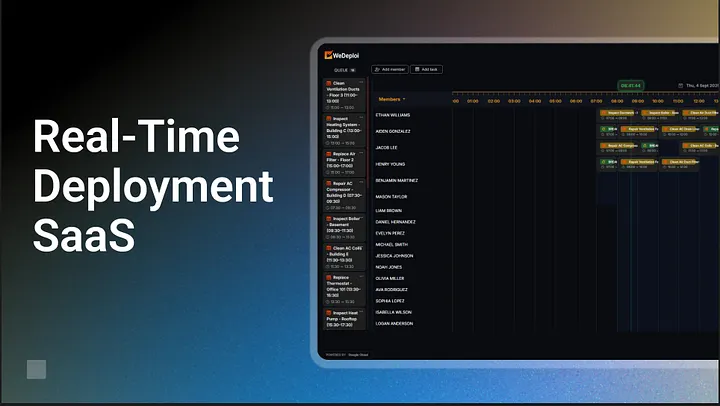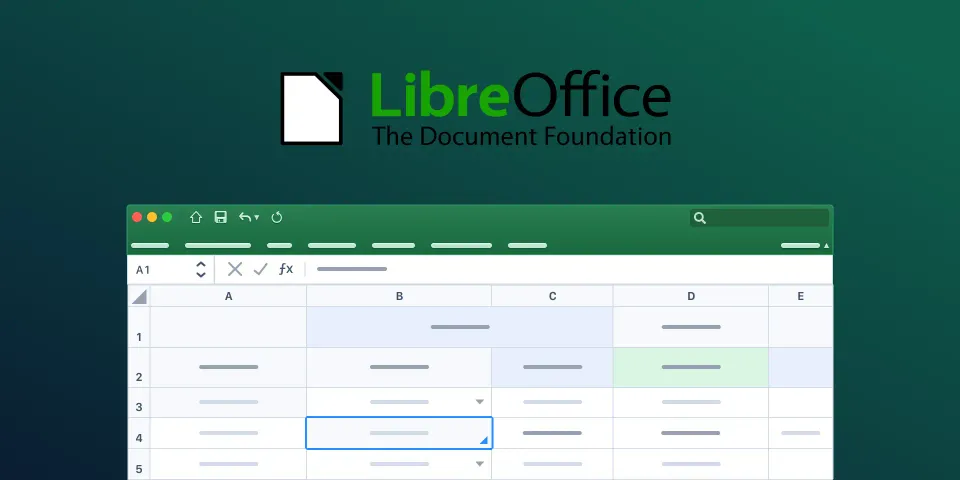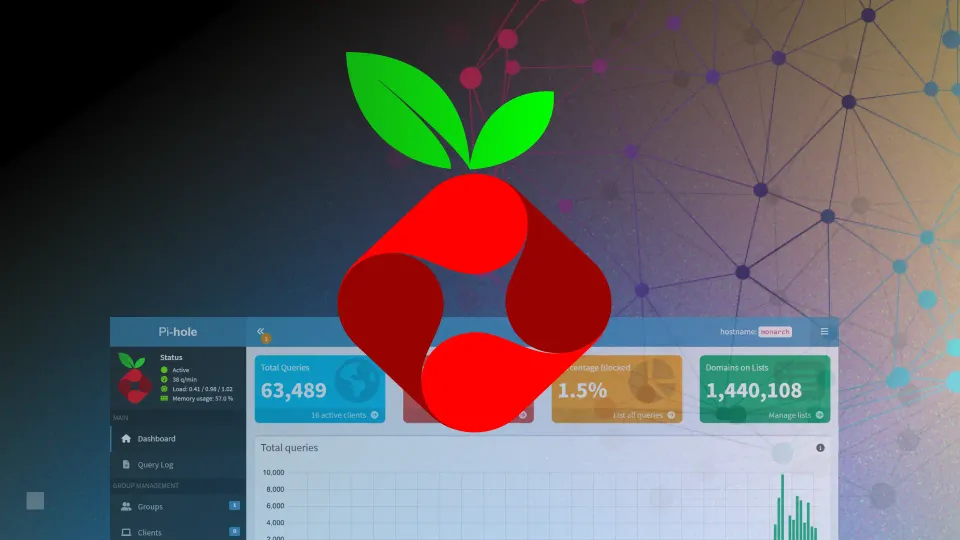Why Self-Hosting Open-Source Is Next to Digital Freedom
Self-hosting isn’t just tech jargon. At its core, it’s about taking a tool that usually lives on someone else’s server

Most “free” apps come at a hidden cost: your data. Self-hosting open-source software offers a different path. By running tools on your own server, you maintain control, privacy, and flexibility—without relying on companies that profit from your information. It’s practical, empowering, and increasingly accessible.
What Self-Hosting Really Means
Self-hosting isn’t just tech jargon. At its core, it’s about taking a tool that usually lives on someone else’s server—your cloud docs, your project management boards, your media streaming apps—and running it on your own server, whether that’s an old laptop, a cheap VPS, or a Raspberry Pi.
Open-source software gives you the blueprint to do it. Every line of code is open for inspection, modification, and improvement. That’s freedom most proprietary apps will never let you touch.
The Difference Between Free and Open-Source
Here’s the subtle but crucial distinction:
- Free software: “Free” often just means no money changes hands. That doesn’t mean your data is safe. Many free apps monetize your attention, track your habits, or lock you in.
- Open-source software: This is about transparency and control. You can audit it, tweak it, and host it wherever you like. It’s free in both senses: cost and autonomy.
Why Self-Hosting Matters
Think of it as digital sovereignty. You get to:
- Keep your data private. You decide where it lives.
- Avoid vendor lock-in. When a company shuts down or changes terms, you’re not stranded.
- Customize your tools. Want that project board in dark mode with extra analytics? You can add it.
It’s not about rejecting the cloud completely—it’s about choosing which parts of your digital life you want to truly own.

sponsored by WeDeploi
Getting Started: A Beginner-Friendly Guide
- Pick a project: Start small. Media servers like Jellyfin, note-taking apps like Joplin, or lightweight website hosts like Ghost are perfect starters.
- Choose your hardware: Your first server doesn’t need to be a datacenter beast. A Raspberry Pi or a cheap cloud VPS works fine.
- Learn the basics: Understanding SSH, backups, and basic networking is enough to start. You don’t need to be a sysadmin.
- Follow official docs: Open-source communities are usually friendly. Step-by-step guides exist for every popular self-hosted app.
- Secure your setup: Use strong passwords, enable firewalls, and keep software updated. Freedom without security is risky.
- Experiment and expand: Once comfortable, layer in automation, monitoring, or even host multiple apps on the same server.
The Bigger Picture
Self-hosting is more than a hobby. It’s a mindset: taking control in an era where convenience often means surrender. Every app you self-host is a small step toward digital independence.
In the end, it’s not about rejecting all tech companies—it’s about choosing where you place your trust. And in 2025, trust is the most valuable currency online.





